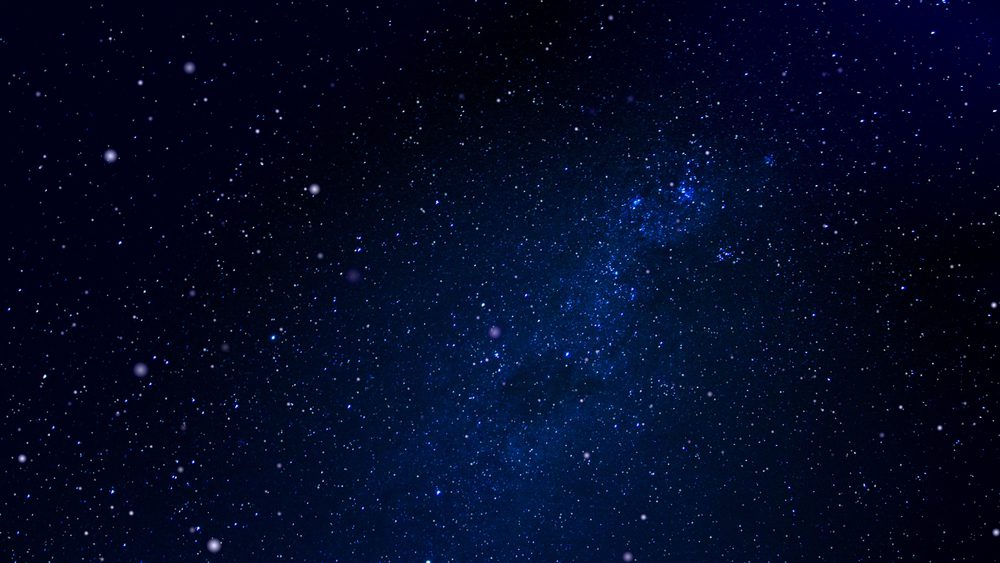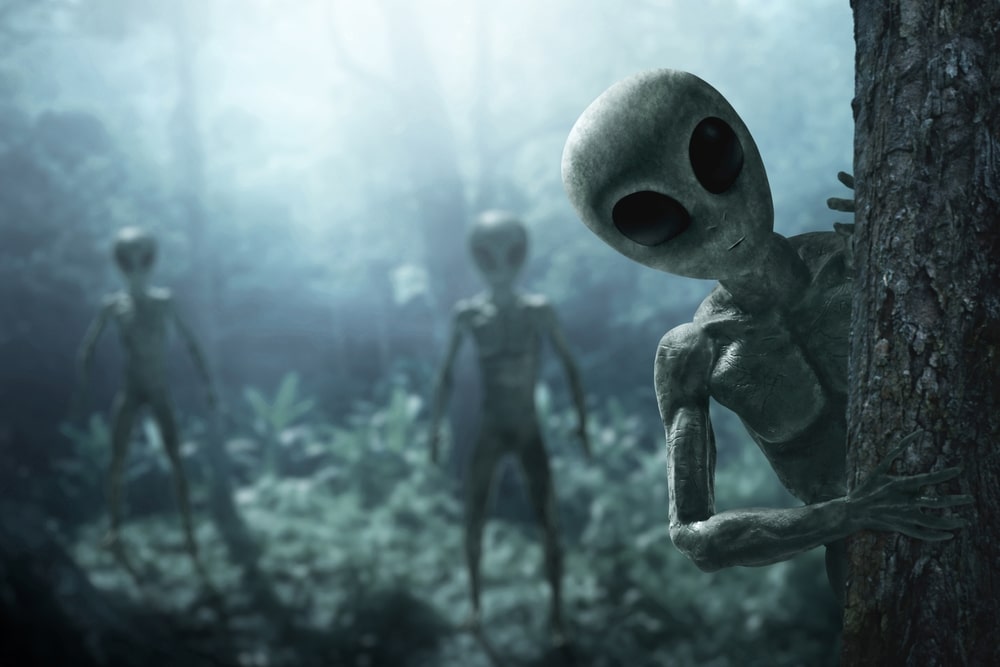Science is cool and all; it helped our world become what it is today, but did you know about the following science fails? Yeah, you’ve heard it right! Science has failed, science can fail, and science will fail! That’s just the way it works. Trial and error again and again.
We are here today on Science in the World because we want you to know about the most famous science fails. We believe that they are a major part of human history, and it would be good if more people knew about them.
There are many science fails out there, but for now, we will list the most important ones and maybe those that created the most controversy around them. So stay tuned and find out all about them!

1. Phrenology
Who would have thought that the bumps on a person’s head could tell so much about their personality and character? Phrenology used to be a pseudoscience that claimed it could reveal things about people by analyzing the shape of their skulls.
It might sound silly today, but back in the day, there was a big fuss about it. Everybody wanted to be checked by an expert, and a phrenologist appeared out of thin air.
Phrenologists used phrenology heads or busts to conduct “skull readings” that they claimed revealed details about a person’s personality and other tendencies. The whole idea behind this trend was that the brain is a muscle, and as with any other muscle, the areas that you use the most will grow. Phrenologists hypothesized that these lumps on the head were the product of this process.
With the knowledge that we have today, it is easy to see why Phrenology is one of the biggest science failures. It used to be extremely popular during the 1800s and early 1900s, but now we are aware that it has no scientific value. So, this is another one of the science fails of the past.
2. Martian canals
In the last few years, the planet Mars has been slowly but surely becoming more and more popular. Maybe it is all because of the idea that someday we will colonize it and move there, but no matter what the future holds, it is easy to see that the interest of people in Mars is growing.
But people were always interested in this little red planet that is close to Earth, and because of this, during the 19th century, some scientists believed that there was a network of canals on Mars. An Italian astronomer by the name of Giovanni Schiaparelli made the initial discovery of those canals in 1877. A phenomenon emerged from this discovery, and scientists were even drawing all of these pathways meticulously by hand.
Later on, another researcher named Percival Lowell, who used to be an astronomer and a mathematician, brought up a new theory. Maybe that is more absurd than the initial one. The belief was that all of the canals were, in fact, sophisticated irrigation systems.
The technology that we have today has helped us understand that the Martian canals are just another one of the biggest science fails. Advanced telescopes have revealed that the canal-like patterns are actually only an optical illusion brought on by dust that has been swept over Mars’ surface by strong winds.
3. Cold fusion
If you want to create nuclear energy, you will need extreme temperatures. Take a look at the Sun. This is how nuclear energy is created. Obviously, the Sun is a maximal comparison, but you get the idea. You need very, very high temperatures.
In the past, there was a concept that today we deem one of the science fails that existed. We are talking about the idea of cold fusion. According to this, a reaction that takes place at room temperature can result in the production of nuclear energy.
According to cold fusion, if a nuclear reaction can be carried out at room temperature, the necessary energy could be produced without releasing all the hazardous byproducts that are caused by nuclear reactions.
Maybe this theory sounds unreal to you today, but at that time it almost became a reality. In 1989, Stanley Pons and Martin Fleischmann, two electrochemists, managed to publish some experimental results, and they believe that they achieved this type of reaction by using Palladium.
When they tried to replicate the Fleischmann-Pons experiment, they failed, and that’s how the cold fusion concept died. There are some science fails in this world, but this is clearly one of the biggest ones.
4. The blank slate
John Locke was the one who, in 1689, popularized the Blank Slate theory, also known as Tabula rasa. This theory states that at birth, humans’ minds are completely blank. A simple concept, right? Further, the Blank Slate theory says that we get all of our knowledge from perception and experience.
The fact that people often exhibit the same personality traits throughout their lives is perhaps the strongest argument against the idea of a blank slate. Some of us are extroverts while others are introverts, and what we surely know is that we are born with these characteristics. Also, let’s not forget about the instincts we are born with and the other family-inherited traits.
Additionally, information moves along known routes throughout the brain. Scientists know them, so they can follow the information. As a result, visual information moves from the retina to the thalamus, but before complex pattern recognition and visual perception can happen, it must pass via the cortex.
So, according to science and many psychologists, the blank slate theory is one of the many science fails.
5. The light-bearing aether
The aether is this mysterious substance that has incredible capabilities. It carries light through the Universe. Or at least, this is what people believed a long time ago. Greek philosophers formerly held the view that light needed a delivery mechanism of some kind. And they also thought that there was a lot of aether that existed even in deep space.
But as science advanced, more theories were born, and the theory of the light-bearing aether began to slowly lose credibility. Once the refraction and diffraction of light were discovered, the light-bearing aether theory was quickly debunked.
Einstein proposed the theory of relativity, and even if aether was not refuted by the theory of relativity, this theory offered a less complicated explanation that did not need an absolute, universal medium for the motion of light.

6. The static universe
Since we told you that Einstein discovered the theory of relativity, we also want to discuss one of the lesser-known theories of the brilliant scientist. Nowadays, we all know for a fact that the universe was created by the Big Bang.
But there was a time before the theory of the Big Bang was widely accepted, and at that time, people believed that our universe was of a certain size, and that was a constant that couldn’t change. The theory held that the cosmos had always been a certain size and would always remain that way.
Because Einstein supported this idea, it is sometimes referred to as “Einstein’s Universe”. So, this is not his theory, but since he was such a big supporter of it, the theory has its name now.
If we look at it, we can easily say that the static universe theory has been one of science’s failures since the beginning. We now know that the universe is constantly expanding and will continue to do so forever.
If you want to learn more about how scientific research works and how failures in science are overcome, you can begin with the following book: Failure: Why Science Is So Successful
You should also read: 6 Most Popular Conspiracy Theories in History















One Response
As a biologist the Central Concept of one gene, one protein, might be included in the list of “fails”. The richness and potential combinations of genomics and proteomics has shown that a combinatorial approach is much closer to reality.